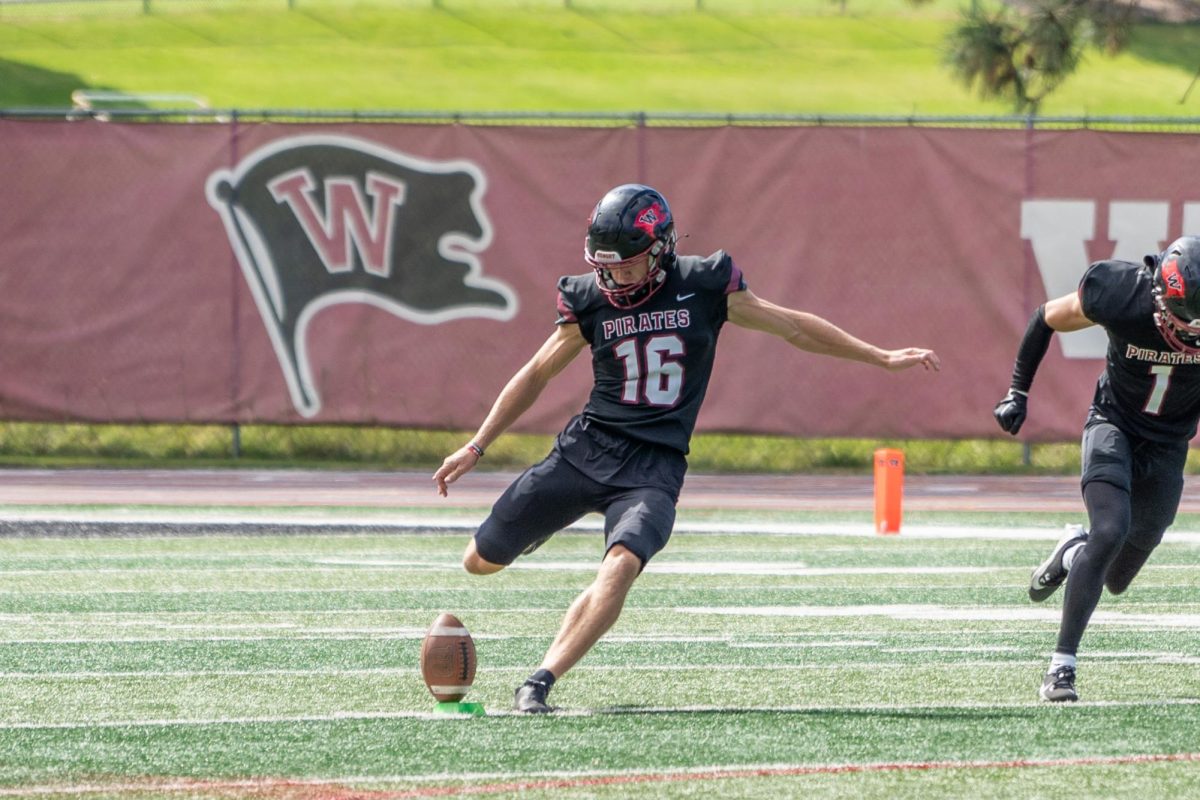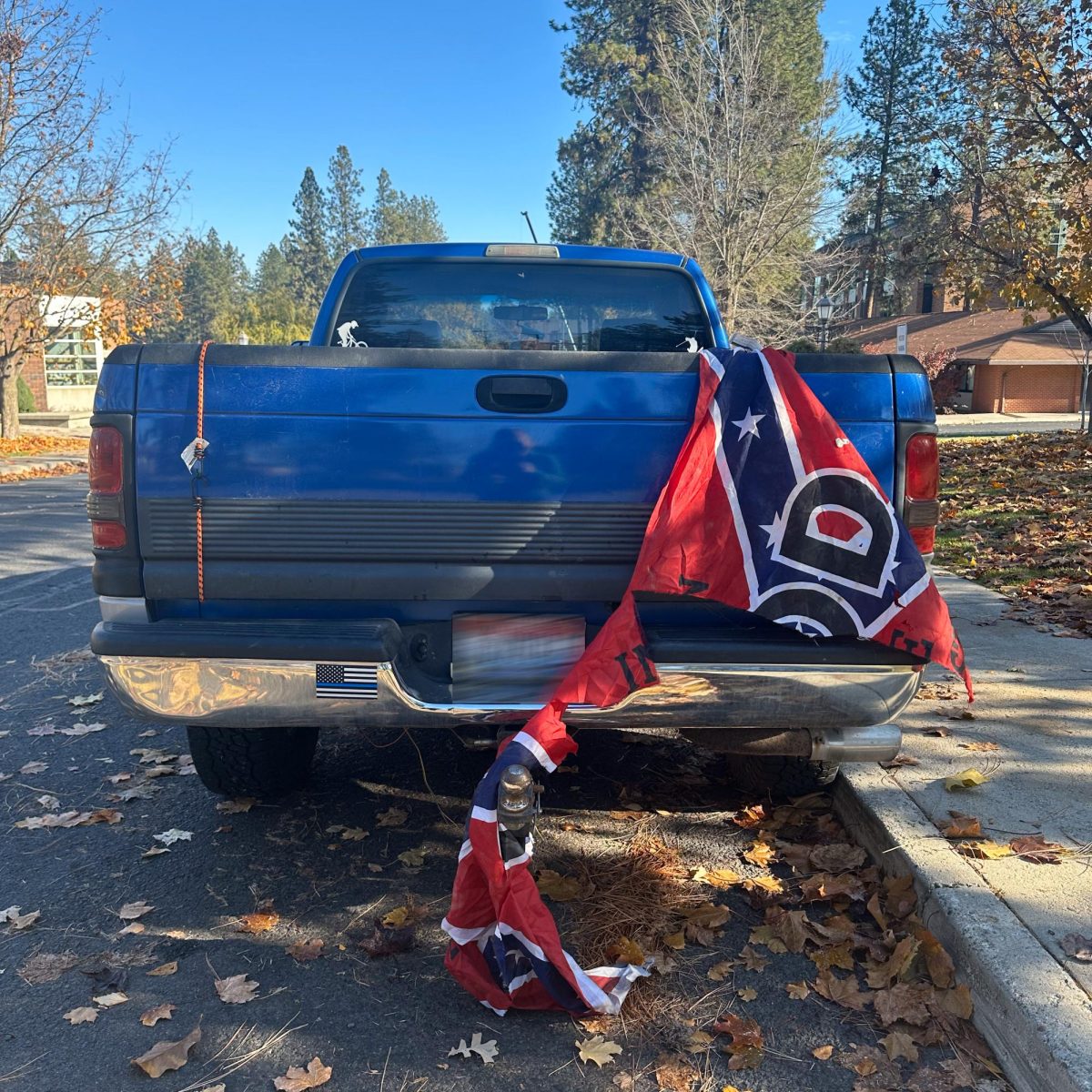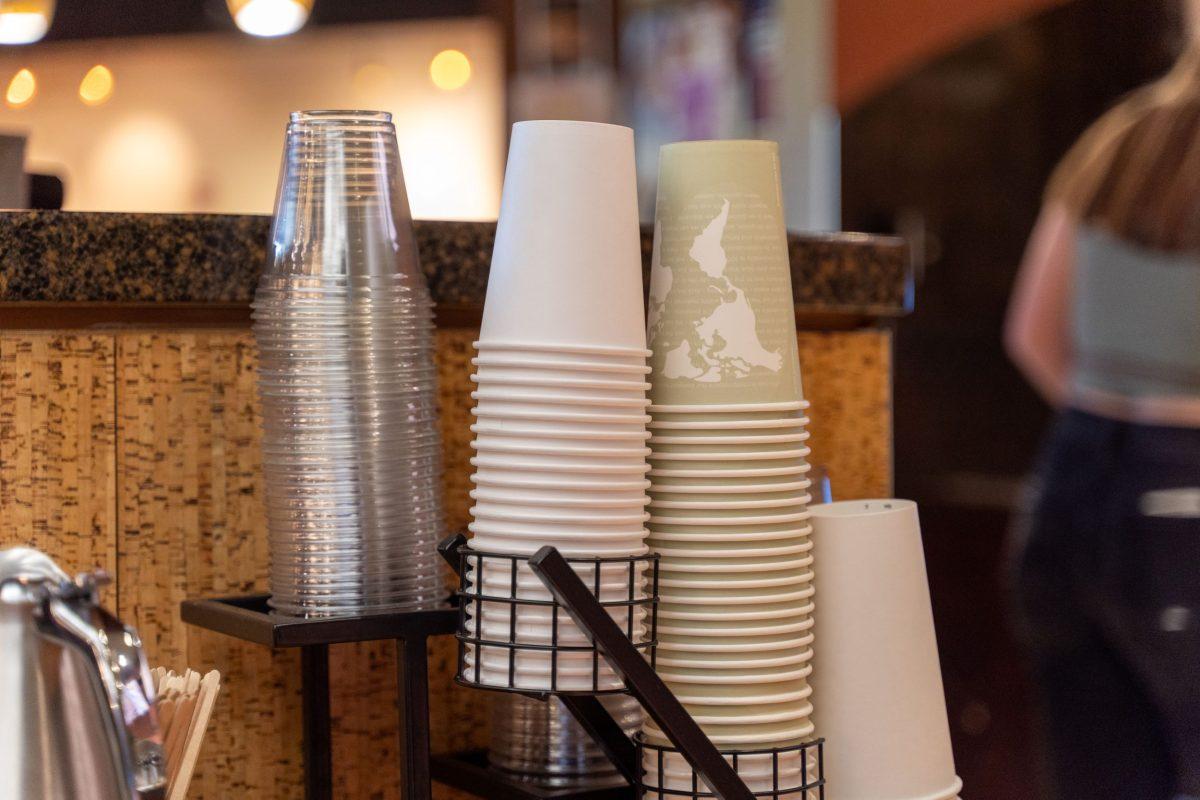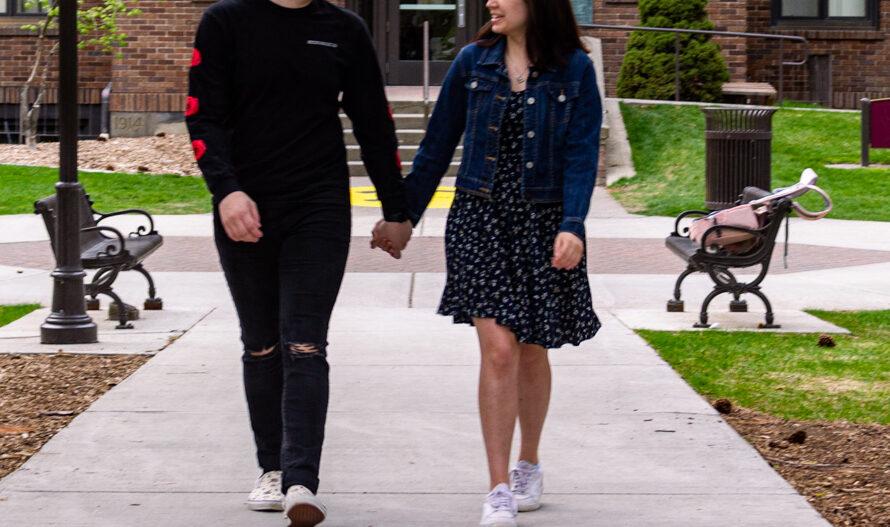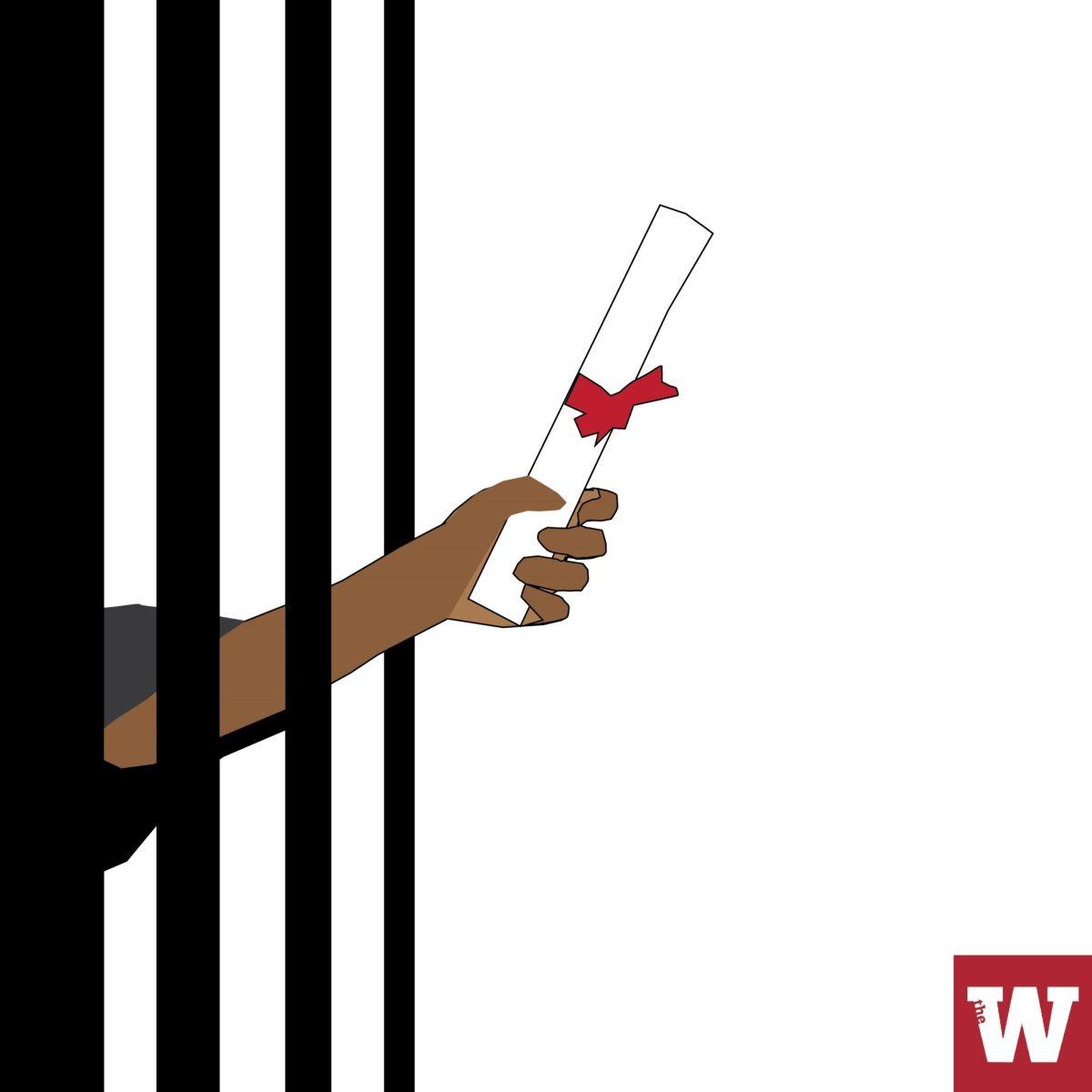By: Emma Maple, DC columnist

Emma Maple, staff writer for the Whitworthian, is participating in a study away semester with the American Studies Program through Whitworth Off-Campus Programs. As part of this trip, which takes place in the heart of Washington D.C., she is reporting on events and organizations that she visits. This article discusses the gentrification of the historically Black H Street.
If you go to DC, it’s inevitable that at some point you’ll end up walking along H Street NE. This street, lined with grocery stores and coffee shops during the day but bars and restaurants at night, is a destination known for its food options, nightlife and free streetcar.
But many new visitors to H Street don’t take time to learn the history that has turned the street into what it is today.
Bernard Demczuk, historian for “Ben’s Chili Bowl”, said that in the early 1900’s, H street was an ethnically mixed community, full of small businesses. In the mid 1900’s, the Lebanese, German and Irish began to move out of the H Street areas into the suburbs. But redlining kept Black people from following.
During the ‘70’s, 80’s and 90’s, Demczuk noted that H Street began to lose many of its local businesses due to economic struggles. Then, when crack cocaine was brought into the H Street neighborhoods, the African Americans who could afford it left the area. The lower income communities remained behind.
In the 2000’s, most of the property was dirt cheap and devalued, so larger corporations began snatching it up. Demczuk said, “In the mid 2000’s, gentrification took off. Now, it’s solidified.”
This street has become a hot spot again. In 2014, Insight Property Group spent $185 million to furnish an H-street luxury apartment complex named “The Apollo”. Whole Foods opened a storefront in 2017 directly beneath The Apollo, with Starbucks opening nearby in 2018. This growth has attracted over 300 businesses to the area and created more than 3,600 jobs.
Another huge addition to the growth of H Street was the city’s funding of a $229 million streetcar. This streetcar, which runs between Union Station and Oklahoma Avenue, is free of cost.
But what have these additions cost the community?
These high end, pricey businesses are inflating housing prices, competing with local businesses for customers and driving out the locals. Kate Denson, who runs Justice Walks DC, says there’s certainly some anger from the locals directed towards outsiders who come in and ignore the history of the place.
“Imagine how this feels to someone who, about 40 to 60 years ago, [knew that] this place was meant for them. [Imagine] how hard it is to watch the place they love change and feel powerless to do anything about it.”
Since 2002, over 150 H Street businesses have been forced to close their doors. Most were small mom and pop businesses, and many of them were Black owned.
Now when you walk down the street you see local owned businesses struggling to retain customers, glossed over for the fancy yoga studios, Whole Foods and Starbucks.
These chain corporations aren’t integrated into the community. During the 2019 annual H Street festival, neither Whole Foods nor Starbucks contributed any money towards the running of this festival, even though it costs about $400,000 to put on per day. Yet Starbucks and Whole Foods still profited from the festivities, which generate millions of dollars in sales for the H Street area.
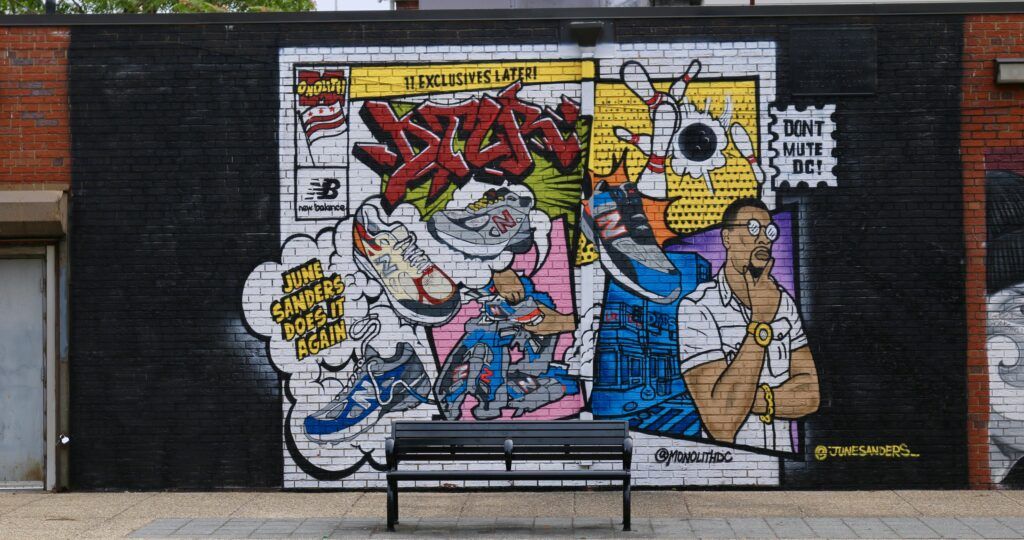
Housing has also skyrocketed. In 1980, the median cost of rent in D.C. was $443. Now, a one-bedroom H street apartment will cost between $2,000 to $3,000 per month. These prices are driving out the locals in favor of a richer, whiter clientele.
Even the free streetcar has a troublesome effect on this community. Denson said that this streetcar was advocated for by rich, white H-street bar owners who wanted more customers. But young white college students weren’t making the trip downtown, because they didn’t want to take the X2 bus, which had a reputation for rowdy passengers. When the free Streetcar, which mirrors the X2’s path, was installed, that problem was solved.

Demczuk believes that the streetcar was promising in theory. But the streets were torn up for years while the streetcar was being put in, and the lack of parking and accessibility ended up hurting many of the businesses on these streets.
A casual visitor to H Street might wander into Starbucks without realizing the impact these chains have had on the culture of the area. The casual white visitor might hop on the streetcar to get a free ride, not realizing that it is forcing the locals out of business.
We need to be more than just casual visitors.
For Demzcuk, the problem with gentrification lies in the fact that visitors to the area, usually white people, don’t take time to “learn the local culture and history and appreciate it.”
“The tension lies in white people not appreciating the fact that for 450 years, Black people built that community. And when white people walk down the street, they don’t know how to say hello. They walk past people without every acknowledging that they exist.”
Denson said that it is important to learn the history behind a place. She noted “what is more important is to intentionally interact with people who have lived in the community for a long time. Treat people like the experts they are. Learn through the local community members.”
Gentrification has nasty side effects. It forces the locals out and brings in people who either don’t know or don’t care about everyone who came before them.
This needs to stop. We all must be aware of the history of a place, curious about the culture and humble enough to learn.



